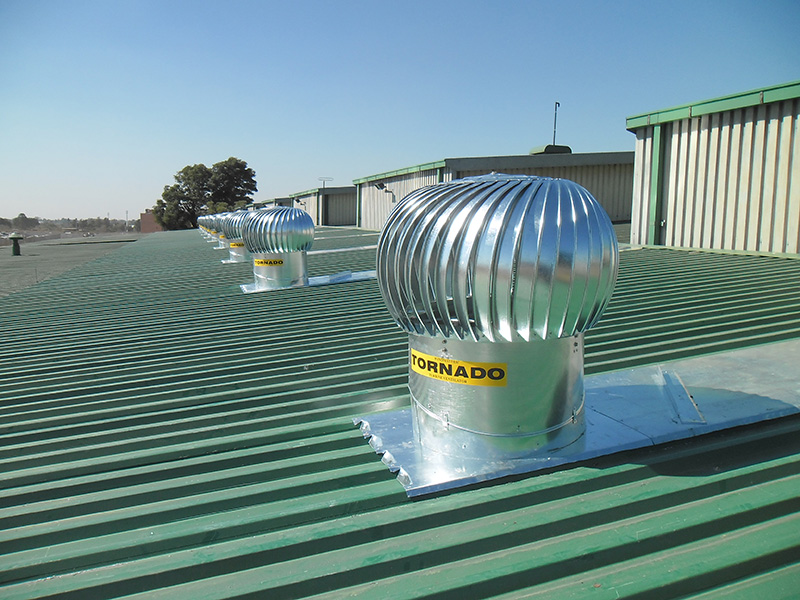Mechanical ventilation, a critical component of modern engineering and healthcare, plays a pivotal role in various industries and sectors. From ensuring indoor air quality to supporting patients in medical settings, mechanical ventilation has become an indispensable technology. In this article, we will delve into the most common uses for mechanical ventilation, exploring its diverse applications and highlighting its significance in different fields.
- Building Ventilation:
In the realm of construction and architecture, mechanical ventilation is employed to regulate air circulation within buildings. By removing stale air and introducing fresh air, it helps maintain a healthy and comfortable indoor environment. Mechanical ventilation systems, such as HVAC (Heating, Ventilation, and Air Conditioning), are designed to control temperature, humidity, and air quality, ensuring optimal conditions for occupants. These systems are widely used in residential, commercial, and industrial buildings. - Industrial Applications:
Mechanical ventilation finds extensive use in various industrial processes. In manufacturing facilities, it helps control airborne contaminants, such as dust, fumes, and gases, ensuring a safe working environment for employees. Ventilation systems are also crucial in controlling temperature and humidity levels in production areas, preserving the quality of goods and optimizing manufacturing processes. Additionally, mechanical ventilation aids in preventing the buildup of harmful gases in confined spaces, safeguarding workers from potential hazards. - Healthcare Settings:
In healthcare facilities, mechanical ventilation plays a vital role in supporting patients with respiratory conditions. Intensive Care Units (ICUs) rely on ventilators to assist patients in breathing when their natural respiratory function is compromised. These sophisticated devices deliver controlled amounts of oxygen and regulate air pressure, helping patients maintain adequate oxygen levels and facilitating their recovery. Mechanical ventilation is also utilized during surgeries, ensuring a stable and controlled breathing environment for patients under anesthesia. - Research and Laboratories:
Mechanical ventilation is indispensable in research and laboratory settings. It helps maintain sterile and controlled environments, preventing the contamination of samples and ensuring accurate experimental results. Ventilation systems in laboratories remove hazardous fumes, chemicals, and biological agents, protecting researchers and maintaining a safe workspace. Moreover, in animal research facilities, specialized ventilation systems provide clean air and control allergens, promoting the well-being of research animals.
Conclusion:
Mechanical ventilation serves as a linchpin in various industries and sectors, contributing to the well-being of individuals and the efficiency of processes. From regulating indoor air quality in buildings to supporting patients in healthcare settings, its applications are diverse and essential. By understanding the significance of mechanical ventilation and harnessing its power, we can create safer, healthier, and more productive environments across different domains.

